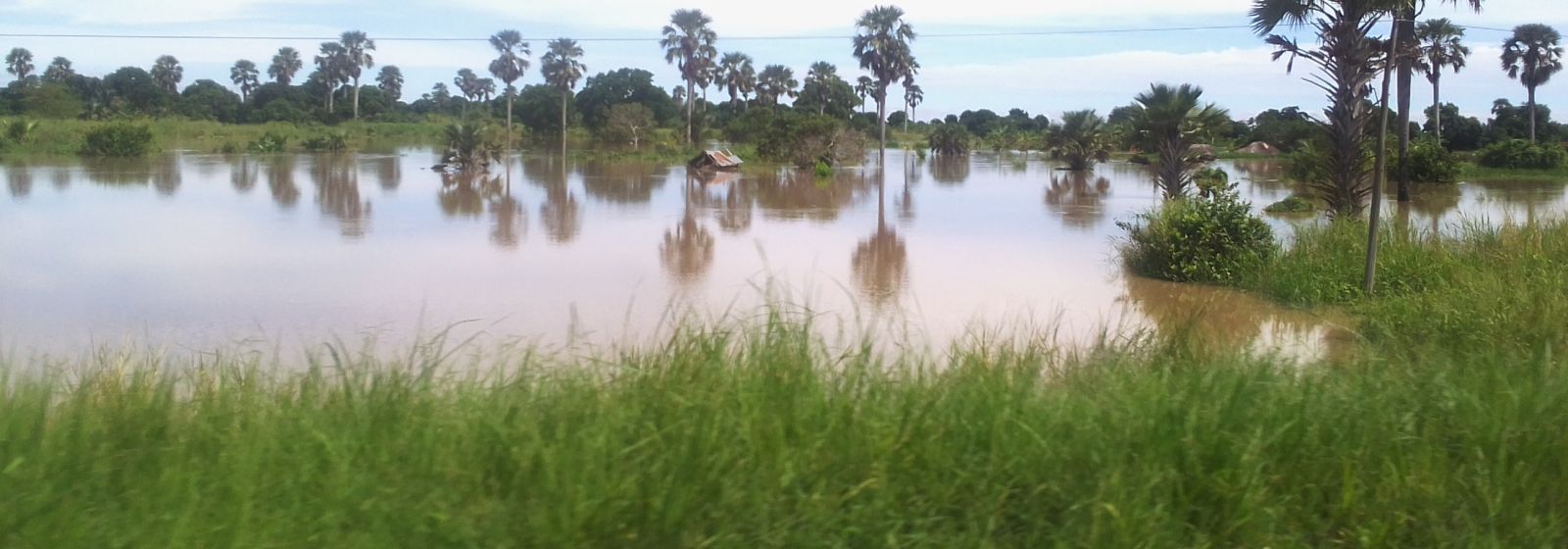Climate-smart mapping can help Tanzanian rice farmers in flood-prone areas mitigate crop losses
- From
-
Published on
23.07.24
- Impact Area

The 2023-2024 El Niño had a catastrophic impact on East and Southern African countries as it triggered heavy rainfall and lingering floods from April to May 2024 . In Tanzania’s Rufiji District, the International Federation of Red Cross and Red Crescent Societies reported that around 88,000 people have been affected and 6,000 have been displaced. Reports also show that the floods devastated seasonal rice production in hundreds of hectares of rice farms worth millions of dollars.
The Rufiji River is the largest basin in East Africa comprising Kilombero, Lower-Rufiji, Luwengu, and Ruaha. Along the Lower-Rufiji and Kilombero subbasins, rice is vastly and primarily cultivated by hundreds of rice producers, contributing to about 9% of Tanzania’s total rice production. However, the area remains one of the poorest in the country.
Because the Lower-Rufiji River is the area that catches the heavy rains from the three upper basins, flooding constantly threatens the livelihood of communities living around it.
“In the affected areas, floods not only deprive farmers of their main sources of food and income but also force them to explore alternative options,” said Paulo Sulle Michael, a researcher at the Sokoine University of Agriculture. “This highlights a clear connection between agricultural disruption caused by flooding and the resulting food insecurity and poverty in the Lower Rufiji region.”
However, local farmers associate floods with improved soil fertility. This is why the floodplains around the Rufiji River are perceived as ideal for rice farming. Rice farmers have learned to adapt to the conditions. When these areas are hit with extensive flooding, farmers resort to mlao or “recession” agriculture. Mlao is when they plant in recently flooded areas to take advantage of the remaining soil moisture. These practices…
Related news
-

Mapping for Resilience: How Spatial Data is Transforming Karamoja Cluster
Ibukun Taiwo02.07.25-
Climate adaptation & mitigation
Pastoral communities in the Karamoja Cluster (a region spanning Kenya, Uganda, South Sudan, and Ethi…
Read more -
-

Building Resilience and Regeneration: The Central Highlands Ecoregion Foodscape (CHEF)
Sehlule Muzata02.07.25-
Climate adaptation & mitigation
At the CGIAR Sustainable Farming Program (SFP), we believe that collaboration is essential for trans…
Read more -
-

Planting with Precision: How Weather and Climate Information is Changing Bean Farming in Rwanda
The Alliance of Bioversity International and the International Center for Tropical Agriculture (CIAT)01.07.25-
Climate adaptation & mitigation
Imagine weather information as a GPS for farmers. Without it, the journey becomes uncertain, filled…
Read more -
